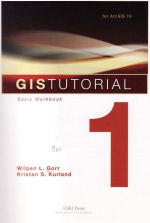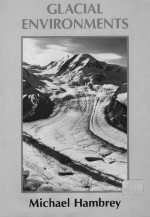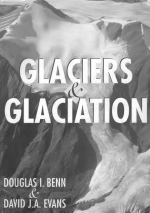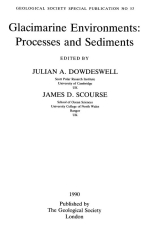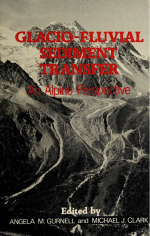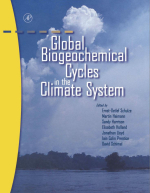For most people living in temperate countries, ice is usually encountered only in small quantities on cold days or as small blocks in drinks. In this everyday form, ice appears to be a rigid, brittle and usually slippery material, but in glaciers and ice sheets ice can exhibit a wide variety of surprising and fascinating behaviour. It can flow plastically, like toothpaste, mould itself around hills and valleys, and creep and slide from high snowfields down towards lower ground. It can carve out huge troughs and alter entire landscapes, scouring away soil and other surficial material or blanketing large tracts with glacial deposits. Glaciers and ice sheets can alter the Earth’s climate, chilling the atmosphere and the oceans, and profoundly affecting the global hydrological cycle. They also preserve valuable records of past climate change locked up in ice crystals and air bubbles, and the oscillations of glacier margins provide direct indicators of recent climatic shifts. Furthermore, glaciers can store and suddenly release immense quantities of meltwater, producing catastrophic floods such as those which occurred in Iceland in late 1996 when subglacial volcanic activity melted the base of a portion of Vatnajokull. In heavily populated regions, huge volumes of glacigenic material are continuously excavated by people to use in buildings and roads, and many of the holes left behind are being filled by the ever-increasing mountains of domestic and industrial waste. Thus, either directly or indirectly, glaciers and glaciation impact upon a large proportion of the planet’s population. <...>



